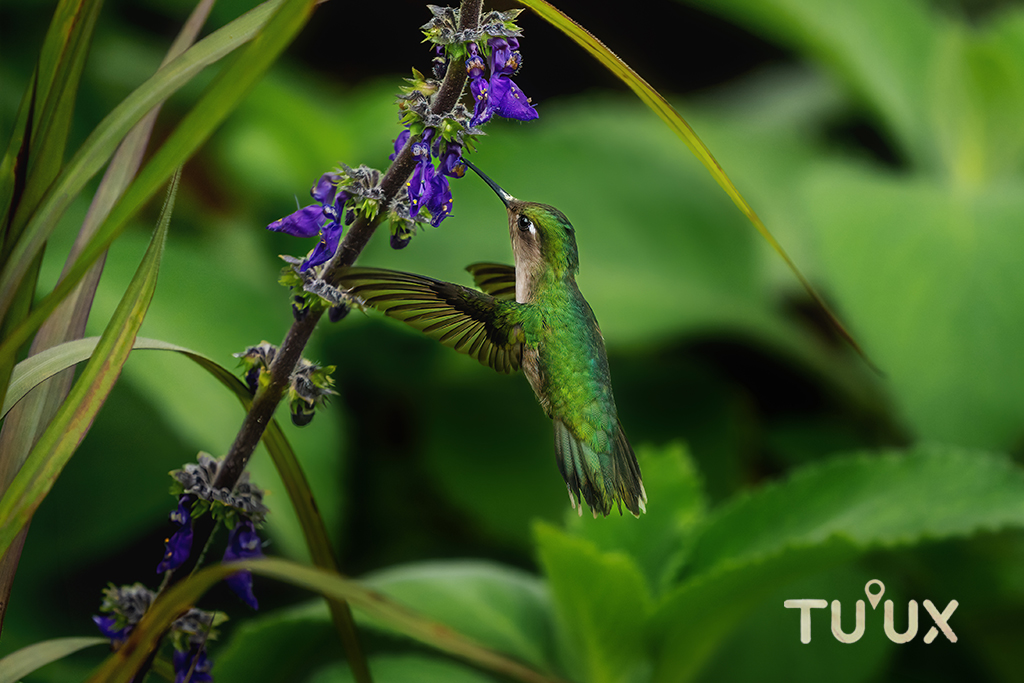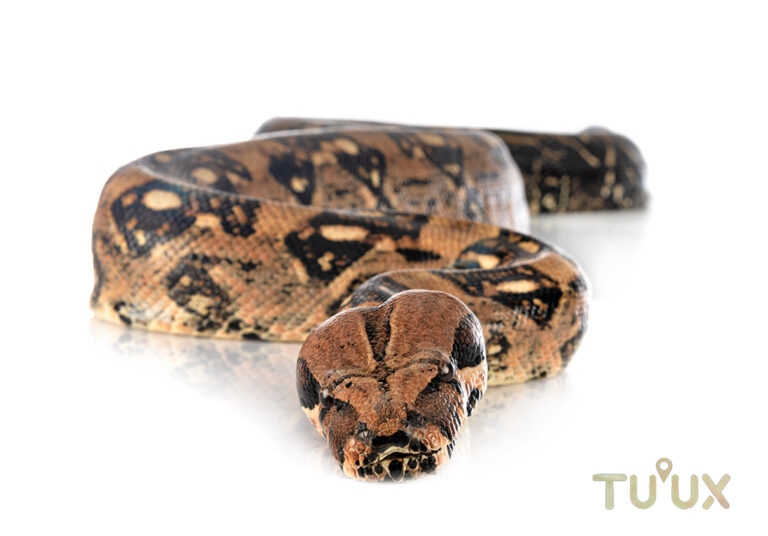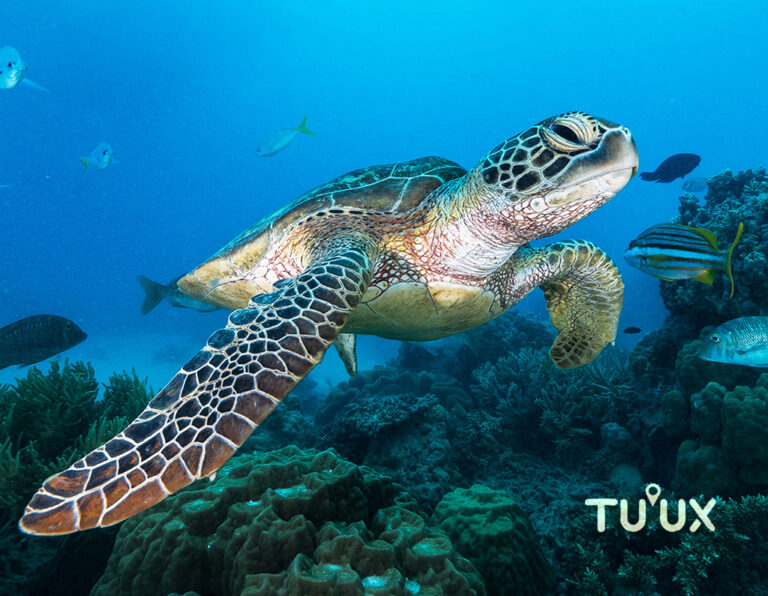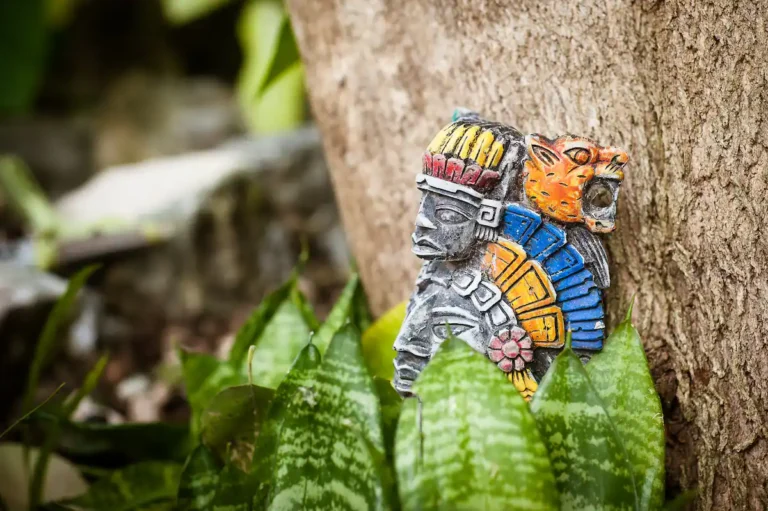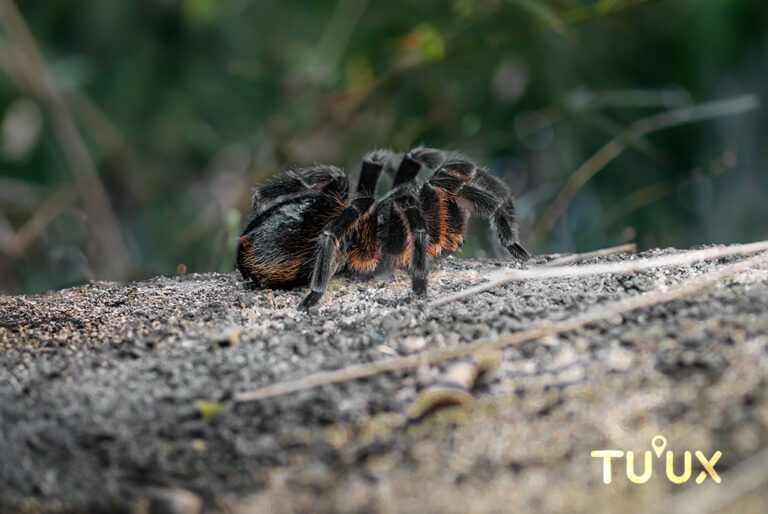COLIBRÍ
🌺 Colibríes del Caribe Mexicano: Un Espectáculo Iridiscente en el Corazón de la Riviera Maya
En los rincones verdes del Caribe Mexicano, donde la selva tropical se funde con manglares serenos y playas de arena blanca, habita uno de los tesoros más diminutos pero deslumbrantes de la región: los colibríes. Estas joyas aladas no solo capturan la atención con el destello tornasolado de su plumaje, sino que también son actores fundamentales en el equilibrio ecológico de este paraíso natural.
🐦 Un Mosaico de Especies: Joyas Aladas del Caribe
La Península de Yucatán, con sus variados ecosistemas, alberga una impresionante diversidad de colibríes. Algunas especies son residentes todo el año, mientras que otras llegan en sus migraciones estacionales. Entre las más notables encontramos:
- Colibrí Esmeralda (Chlorostilbon canivetii): Pequeño, veloz y de plumaje verde brillante, es frecuente en jardines y bordes de selva.
- Colibrí Cola Hendida (Doricha eliza): Endémico de México, su cola bifurcada y su vuelo elegante lo convierten en una figura emblemática.
- Colibrí Garganta Rubí (Archilochus colubris): Migrante procedente de Norteamérica, su gola roja brilla como fuego al sol.
- Colibrí Rabudito Canela (Glaucis hirsutus): Reservado y amante de la sombra, se oculta entre la vegetación densa y húmeda.
- Colibrí de Cozumel (Amazilia tzacatl): Subespecie endémica en peligro, única de esta isla caribeña.
🌿 Santuarios Naturales: Hábitats Favoritos
Los colibríes del Caribe Mexicano prosperan en diversos ambientes que ofrecen alimento, refugio y oportunidades de anidación:
- Selvas Tropicales y Matorrales: Ricas en flores nativas, son vitales para su alimentación.
- Manglares y Humedales: Espacios frescos, llenos de insectos y flores, ideales para especies más tímidas.
- Jardines y Zonas Urbanas: Adaptables, muchos colibríes visitan flores ornamentales como la hamelia, lantana o salvia, mostrando su resiliencia ante el avance humano.
🌸 Polinizadores Incansables: El Rol Ecológico del Colibrí
Con su constante aleteo y necesidad de energía, los colibríes visitan cientos de flores al día. Este comportamiento los convierte en polinizadores esenciales para la reproducción de muchas plantas tropicales. Sin ellos, gran parte de la flora del Caribe no podría sobrevivir ni prosperar.
⚠️ Amenazas en el Paraíso
A pesar de su adaptabilidad, los colibríes enfrentan varios riesgos en la región:
- Pérdida de hábitat por urbanización y turismo mal regulado.
- Uso de pesticidas, que reduce la población de insectos, cruciales en su dieta.
- Cambio climático, que altera los ciclos de floración y migración, afectando su sincronía alimentaria.
🌱 Conservación: Acciones para Protegerlos
Proteger a estas aves implica:
- Conservar áreas naturales y reforestar con plantas nativas.
- Fomentar el turismo de bajo impacto y la educación ambiental.
- Promover jardines amigables con colibríes, libres de pesticidas y ricos en flora regional.
🚫 Sobre los Bebederos: ¿Buena Intención, Mala Solución?
Aunque populares, los bebederos de agua azucarada pueden enfermar a los colibríes si no se limpian con frecuencia o si reemplazan su dieta natural. La mejor forma de apoyarlos es sembrar flores autóctonas que proporcionen néctar fresco y un ambiente equilibrado.
🔭 Dónde Ver Colibríes en Libertad
Si deseas admirar estas criaturas en su entorno natural, considera visitar:
- Reserva de la Biosfera Sian Ka’an: Un paraíso biodiverso donde convergen muchas especies de aves.
- Mahahual y la Costa Maya: Menos intervenidas, son excelentes para avistamiento en selvas y jardines costeros.
- Isla Cozumel: Refugio del colibrí endémico y otros visitantes migratorios.
- Tulum y sus alrededores: Con mezcla de vegetación y litoral, ofrece buenas oportunidades para la observación.
✨ Conclusión: La Magia Está en el Aire
Observar un colibrí suspendido en vuelo, bebiendo néctar en medio de la selva, es un privilegio. Su fragilidad es también un recordatorio: conservar su entorno es una responsabilidad compartida. Con respeto, educación y compromiso, podemos seguir disfrutando de este espectáculo iridiscente que da vida al Caribe Mexicano.
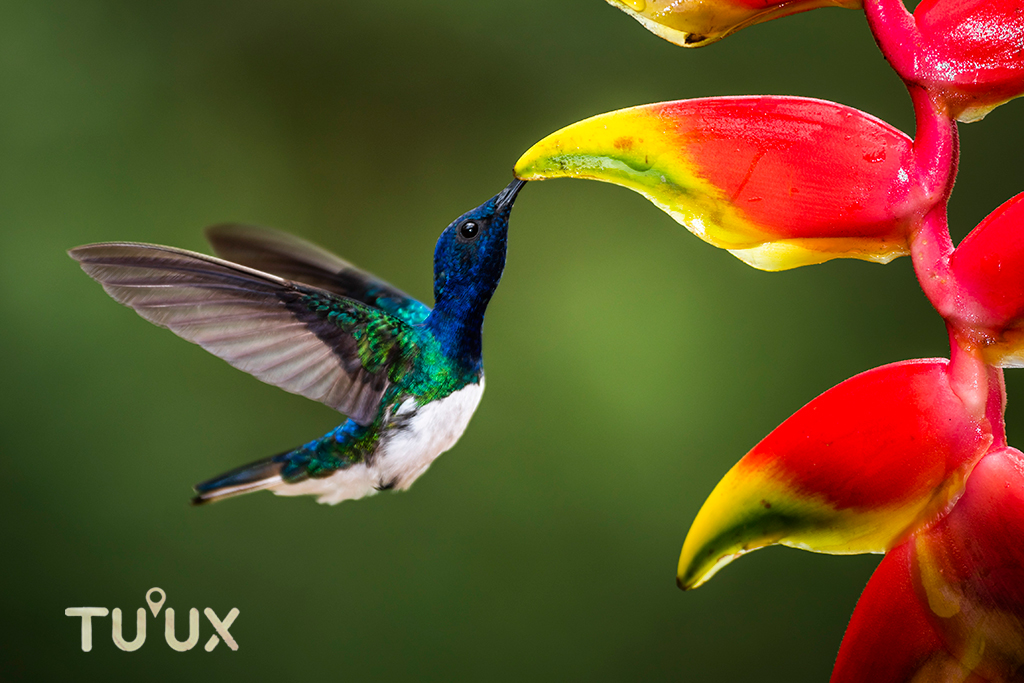
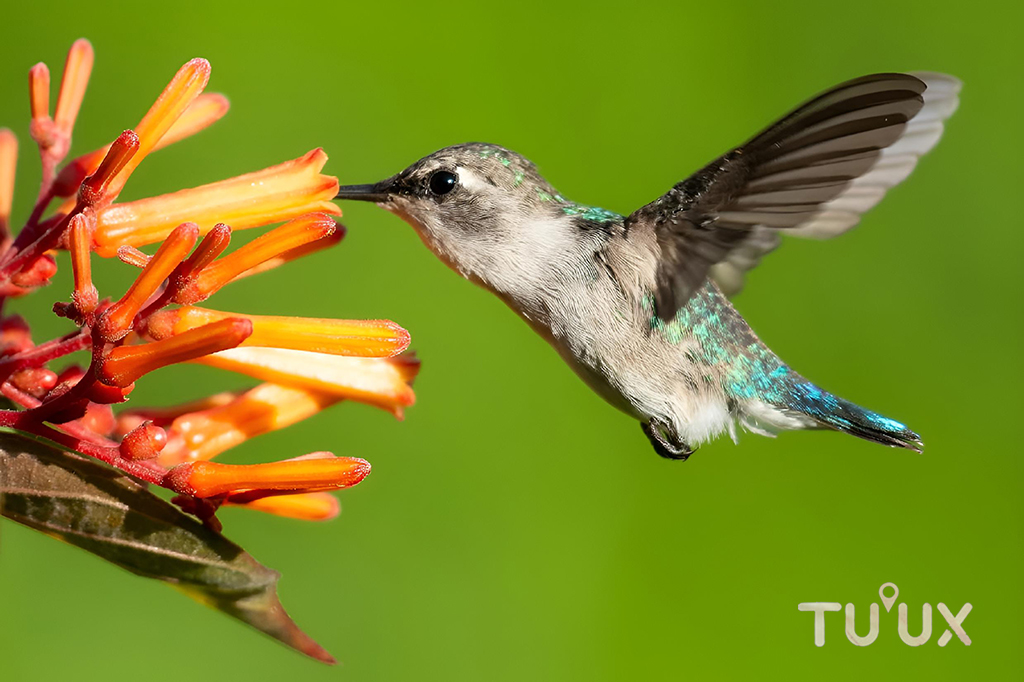
Hummingbirds of the Mexican Caribbean: Nature’s Winged Jewelry
The Mexican Caribbean is a biodiversity paradise, where the jungle, mangroves, and coastal areas provide refuge to a rich variety of birds, including hummingbirds. These tiny creatures, with their astonishing flying abilities and iridescent plumage, attract both nature lovers and bird watchers alike.
Notable Species in the Region
The Yucatán Peninsula and the coastal strip of the Mexican Caribbean are home to various species of hummingbirds, some resident and others migratory. Among the most notable are:
- Emerald Hummingbird (Chlorostilbon canivetii)
With its bright green plumage and tiny size, this species is one of the most common in the region. - Fork-tailed Hummingbird (Doricha eliza)
Endemic to Mexico, this hummingbird is distinguished by its forked tail and its habit of visiting tubular flowers. - Ruby-throated Hummingbird (Archilochus colubris)
A frequent visitor during migration seasons, males feature a brilliant red throat that glows in the sunlight. - Rufous-breasted Hermit (Glaucis hirsutus)
With a curved beak and brown-green plumage, this species prefers humid areas with dense vegetation. - Cozumel Hummingbird (Amazilia tzacatl)
Exclusive to Cozumel Island, this hummingbird is a natural treasure at risk of extinction.
Preferred Ecosystems
Hummingbirds find refuge and food in a variety of habitats within the Mexican Caribbean, including:
- Tropical forests and scrublands, where they find abundant native flora with natural nectar sources.
- Mangroves and wetlands, which provide them with a protected environment with a high availability of insects and flowers.
- Gardens and urban areas, where adapted species can survive by feeding on ornamental plants such as hamelia, lantana, and salvia.
Ecological Importance
Hummingbirds play a crucial role in the ecosystem as key pollinators of many plant species. Their rapid metabolism forces them to visit hundreds of flowers a day, facilitating the reproduction of numerous plants.
Threats and Conservation
Despite their resilience and adaptability, hummingbirds face several threats in the Mexican Caribbean, including:
- Habitat loss due to urbanization and deforestation.
- Pesticide use, which reduces the availability of insects, a crucial protein source for these birds.
- Climate change, which alters flowering and migration patterns.
To protect these fascinating birds, it is essential to promote the conservation of their natural habitat and encourage sustainable practices in tourism and gardening.
Do Not Feed Hummingbirds
Although it is common to see sugar-water feeders for hummingbirds, their use can be harmful. These feeders can promote the proliferation of bacteria and fungi, affecting the birds’ health. Additionally, they do not provide the essential nutrients obtained from their natural diet of nectar and small insects. The best way to help them is to plant native species that provide them with natural food and shelter.
Hummingbird Watching in the Mexican Caribbean
For birdwatching enthusiasts, some of the best sites to spot hummingbirds in the region include:
- Sian Ka’an Biosphere Reserve
- Mahahual and the Costa Maya
- Cozumel Island and Punta Sur
- Tulum and its surroundings
Equipped with binoculars and patience, one can admire these flying jewels in their natural habitat. With a focus on conservation and respect for biodiversity, we can continue to enjoy the magic of hummingbirds in the Mexican Caribbean for many generations to come.

